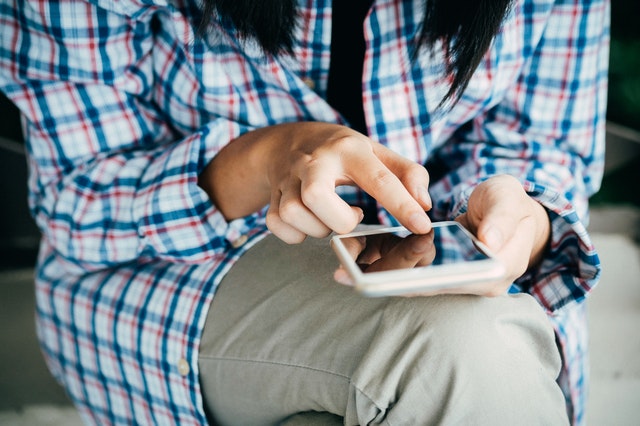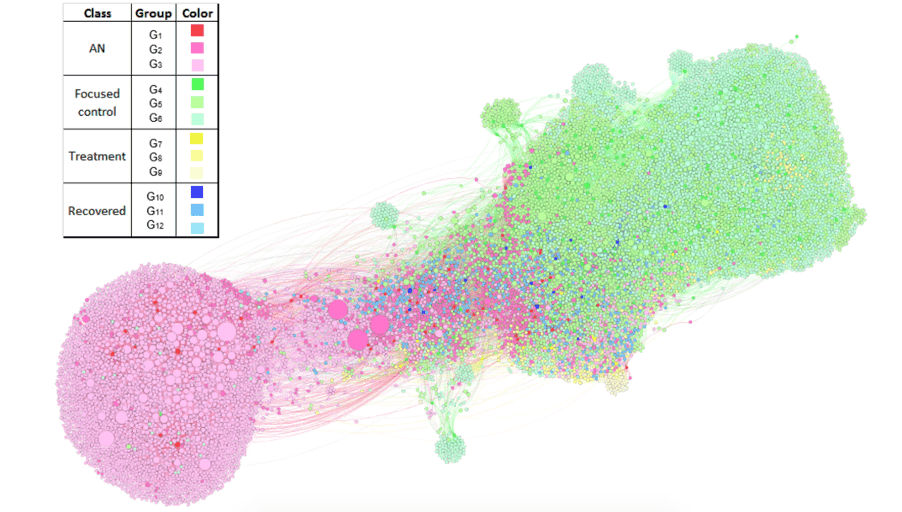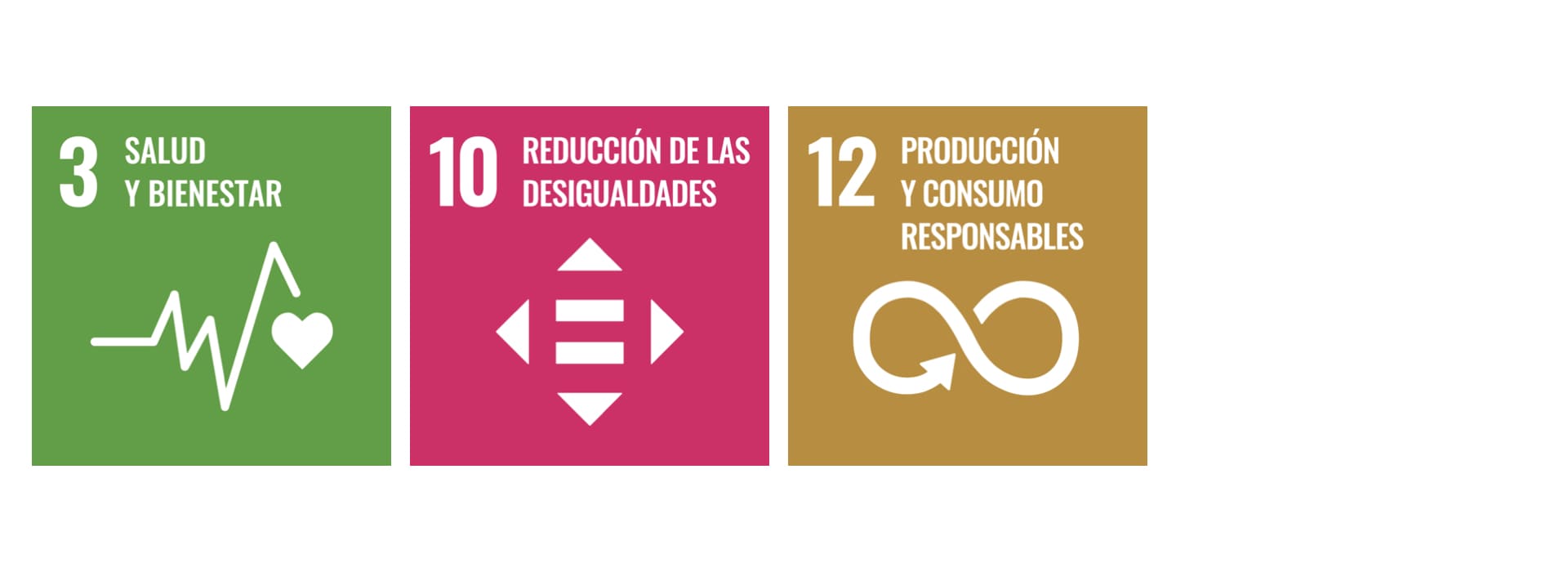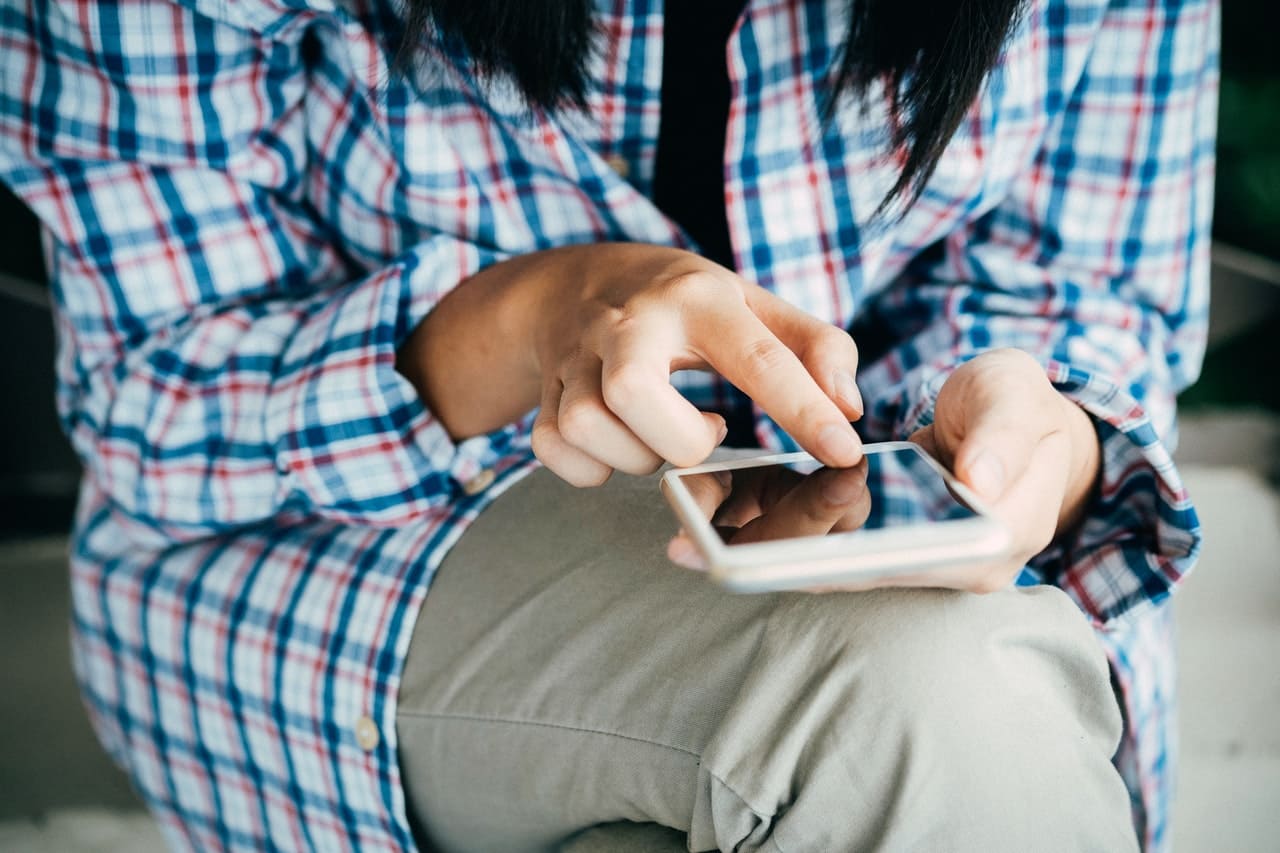The STOP project, led by PhD Ana Freire, has carried out a study that analyses how anorexia nervosa is expressed on social networks, as in the most severe cases it can lead to self-harm and even suicide attempts.

Over the last 18 months, eating disorders (EDs) have increased by 20% as a result of forced isolation during the first months of the pandemic and delayed diagnosis by health services overwhelmed by the covid-19 crisis. In Spain more than 400,000 people suffer from this type of disorder today, with three out of four of them being young adolescents, according to data from the FITA Foundation.
It was precisely among this age group where cases of EDs soared by 826.3% in 2020 compared to 2019, according to ANAR Foundation. While it is true that the origin of eating disorders responds to a range of factors, part of their rapid growth lies in the impact that social networks and the cult of the body that they promote have on vulnerable groups such as adolescents. A situation that affects women with a higher incidence: 4% to 5% of girls between 12 and 21 years old in Spain suffer from eating disorders, reports Ita Salud Mental.
STOP project, led by PhD Ana Freire, has carried out a study that analyses mental health problems in social networks in order to contribute to the reduction of deaths by suicide.
In this intricate scenario, the STOP (Suicide prevenTion in sOcial Platforms) project analyses mental health problems in social networks in order to contribute to the reduction of suicide deaths. Led by the researcher and director of the Technology Area of the UPF Barcelona School of Management, PhD Ana Freire, the project has recently published the study "Characterisation of Anorexia Nervosa in social networks: textual, visual, relational, demographic and behavioural analysis", in which they study how anorexia nervosa (AN) is expressed in social networks, as in its most severe cases it can present self-harm and even suicide attempts.
Isolation, the enemy to fight
"STOP is a multidisciplinary project in which we work with engineers, psychologists, psychiatrists and therapists to study how various mental illnesses, including anorexia nervosa, are expressed on social networks," says PhD Freire, who adds: "by means of artificial intelligence, we extract, completely anonymously, demographic profiles and interests common to groups of users with signs of anorexia". The study characterizes users with anorexia nervosa (AN) on Twitter, even distinguishing users at different stages of the disease.
"We noticed that anorexia nervosa communities are completely isolated and have hardly any links with healthy communities, made up of accounts of healthy users or accounts of institutions or associations that provide help to people with eating disorders," says the researcher, who assures that "forcing communication between both communities would bring great benefits, since these bubbles are very harmful to vulnerable groups."
"Anorexia nervosa communities are completely isolated. Forcing communication between these accounts and healthy ones would bring great benefits"
One of the biggest challenges Freire points out is the need to change the systems for suggesting new contacts on platforms such as Twitter, as users with anorexia are still being offered very similar accounts, which causes "this bubble to expand". But what are the common features that the STOP project has identified in the accounts of users with anorexia nervosa?
- Texts: 1st person singular verbs, a high number of negations and few articles are used. They usually show sadness, disgust and anger. The subjects treated are related to their image, with references to laxatives and even suicide and death.
- Images: there are darker images, with fewer letters, selfies, images of body parts and altered images of idealized bodies. Photographs of healthy foods such as fruits or salads are also observed, although to a lesser extent.
- Relationships between users: they tend to interact less than other users (number of likes, retweets), which may denote less social support.
- Demographic information: more than 70% of the analyzed profiles correspond to women, with this percentage increasing in the treatment and recovery groups. Regarding age, almost 60% of the profiles collected correspond to young people under 18 years of age.
- Network activity: they tend to tweet more on weekends and during periods of sleep, something that can be related to insomnia issues, characteristic of other mental health disorders such as depression.

The techniques used to carry out this study, in which the Universitat Pompeu Fabra, the Computer Vision Center (Universitat Autònoma de Barcelona), the Eating Disorders Institute Foundation (FITA) and the Parc Taulí University Hospital, among others, have collaborated, are based on Artificial Intelligence. Specifically, in Deep Learning to identify tweets related to AN and in clustering algorithms to distinguish users in stages of pre-contemplation and contemplation.
"Developing our project in a responsible way implied that the data processing was done in a completely anonymous way: it is not possible to identify the analyzed accounts"
"Every tool can be used to do good or to do evil," argues PhD Freire. "It happens with a knife, a car or with Artificial Intelligence," she adds. The research carried out by the STOP project is a clear example of how AI, used wisely, can have a very positive impact on society. A responsibility that also affects data processing
"Developing our project in a responsible way implied that the data processing was done in a completely anonymous way", the researcher points out, who states: "it is not possible to identify, with the data collected, any account used to train the developed algorithms".
But how can the misuse of technology be avoided? The director of the UPF-BSM Technology Area is clear: by regulating the use of AI, "something that is already being done in Europe and that will have to be adapted to respond to future challenges that arise in relation to the use of this technology".

